For nearly half a century, he has been quietly working on his canvas, and is one of the few artisans who are still diligently preserving and breathing life into the form of portrait embroidery, which seemed to have disappeared. Each needle stroke, each thread threaded, is a memory, an emotion, and a national soul preserved with patience and enduring passion...
Every time he embroiders a picture of Uncle Ho, artisan Huynh often puts his whole heart into feeling his spirit.
Stories from the canvas
In Co Chat village, once known as the birthplace of embroidery in the North, there is a man who has been working tirelessly on the embroidery frame for over forty years. That is artisan Khuc Van Huynh, born in 1976, who was honored as a National Artist in portrait embroidery.
Born into a farming family, his parents earned their living by hand embroidery. In the 1980s, they received orders of Kimono from Hanoi to embroider for hire and export to Japan. At the age of 8, Huynh was already familiar with the fabric frame and the tangled tangle of colored threads at his mother’s feet. From the skillful stitches of flowers and leaves, he soon showed a rare talent for color.
As the years passed, he became a master craftsman and gradually became an artisan, as people call those who know how to “tell stories with their hands”. During his military service (1995-1996), he still painted and sketched portraits of his comrades whenever the unit organized events.
After returning home from the army, many of his friends changed careers, but he remained devoted to his wooden frame, needle and thread. “Back then, everyone said that embroidery was not a viable profession. But I was fascinated by the expressive eyes in the paintings. Once I could embroider soulful eyes, the whole painting seemed to come to life,” he confided.
Artist Khuc Van Huynh is sketching a portrait directly onto fabric.
Unlike landscape embroidery or decorative motifs, portrait painting is a genre that requires a high level of precision, delicacy and expression. The artist must not only recreate the face, but also portray the spirit, which is not easy to capture with the naked eye.
For artisan Khuc Van Huynh, embroidering each painting is a process of “dialogue” with the character. When receiving a new order, he often spends hours, even a whole day, just looking at the original photo, analyzing each line to feel the model’s spirit. “Only when I touch their emotions can I embroider a soulful face,” according to Mr. Huynh.
Before embroidering, he always sketches the portrait directly onto the fabric - a step that very few artisans do today. Then comes the stage of choosing the thread and mixing the colors. He said that many areas of the face require 5-7 tones of thread to be mixed, and even the threads must be separated and twisted to get a thread as small as silk, shiny, thin and soft enough to show the smooth color transitions on the face.
The time to complete a portrait usually lasts from 2 to 3 months, depending on the difficulty of the original photo. Some photos are blurred, the embroiderer has to "recreate" them with both imagination and empathy.
Particularly moved, artisan Huynh said that every time he embroidered a portrait of President Ho Chi Minh , he had an indescribable feeling: “Once I embroidered a portrait of Uncle Ho. It took me more than 3 months to complete the picture, because I had to embroider Uncle Ho’s eyes dozens of times. I couldn’t let Uncle Ho’s eyes be lifeless, I couldn’t hastily embroider his eyelashes, nose bridge or beard, which would make him look less gentle and wise. I couldn’t make even a small mistake...”.
There was also a time when he received an order from a son living far away from home, asking him to embroider a portrait of his deceased mother. The original photo was an old, faded black and white photo, with only a few faded lines remaining. After more than 2 months, on the day he received the product, the customer was silent for a long time and then burst into tears. “She spoke as if she had just met her mother after many years. And perhaps it was true, because I tried to keep that gentle gaze, that smile… like the mother sitting there,” he said.
To complete the portrait of President Ho Chi Minh, artisan Khuc Van Huynh had to work hard for more than 3 months.
Passing on the profession, preserving the profession, preserving the national soul
For more than 19 years specializing in portraiture, artist Khuc Van Huynh has embroidered hundreds of faces: from businessmen, politicians to heads of state. But what makes people seek him out is not only his skillful technique, but also something more difficult to measure: Emotion. Every look, every line he embroiders seems to contain a part of the soul of the person being portrayed, something he always keeps as a treasure.
In 2010, artisan Khuc Van Huynh won the first prize of the “Golden Hand” organized by the Hanoi Youth Union with his embroidery of the Temple of Literature - Quoc Tu Giam. In 2017, he was honored as a National Artist in the field of portrait embroidery. These titles are a testament to his talent and dedication. But for this artisan, the greatest reward comes from quiet moments, such as when handing over a portrait - the recipient cannot hold back his tears.
The certificates and awards are proof of more than 40 years of dedication to the profession of artisan Khuc Van Huynh.
He does not keep the craft to himself. In addition to the hours of hard work on the canvas, he is a devoted teacher, passing on the technique of portraiture to the younger generation, actively working in the Co Chat craft village and participating in charity programs, contributing to spreading the love for the traditional craft to the community.
Although modern life has dragged society into the vortex of technology, artisan Huynh still believes that: "If anyone still needs to keep the image of their parents, if anyone still wants to hold on to the image of their loved ones, then this profession still has breath." With that tireless heart, he is lighting up a new life for the embroidery profession - living in the memories, in the eyes and in the emotions of those who remain.
Artisan Khuc Van Huynh participates in teaching hand embroidery techniques locally
Not just a story of a passionate individual, the profession of embroidering portraits is gradually being recognized as a part of cultural heritage that needs to be preserved and revived.
A local government representative said that this is a rare traditional craft, but currently only a few artisans are pursuing it. “We are coordinating with communes with embroidery professions to open training classes, promote products, and at the same time review and propose to confer higher titles to qualified artisans,” he shared.
The timely honoring of people like artisan Khuc Van Huynh is a strong affirmation of the responsibility to preserve heritage values - the underground streams that nurture local cultural identity and empower the next generation to continue on a challenging but proud path.
Source: https://baovanhoa.vn/van-hoa/hanh-trinh-giu-hon-viet-tren-tung-soi-chi-145131.html



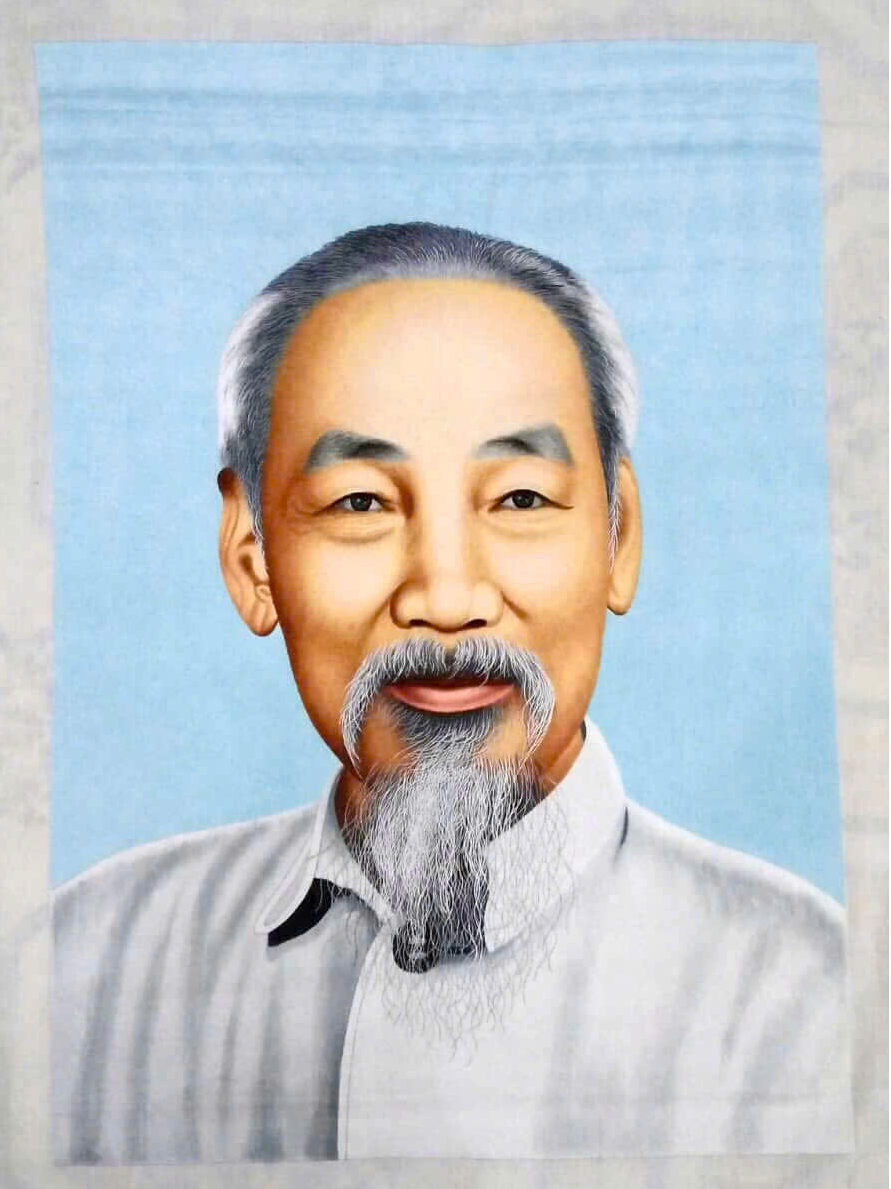
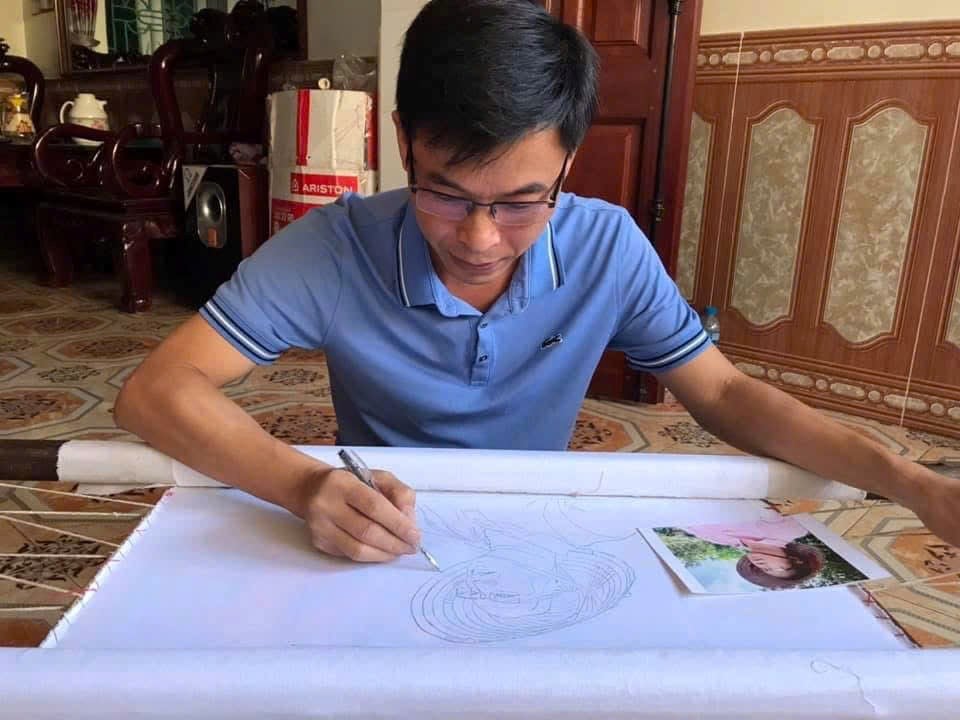
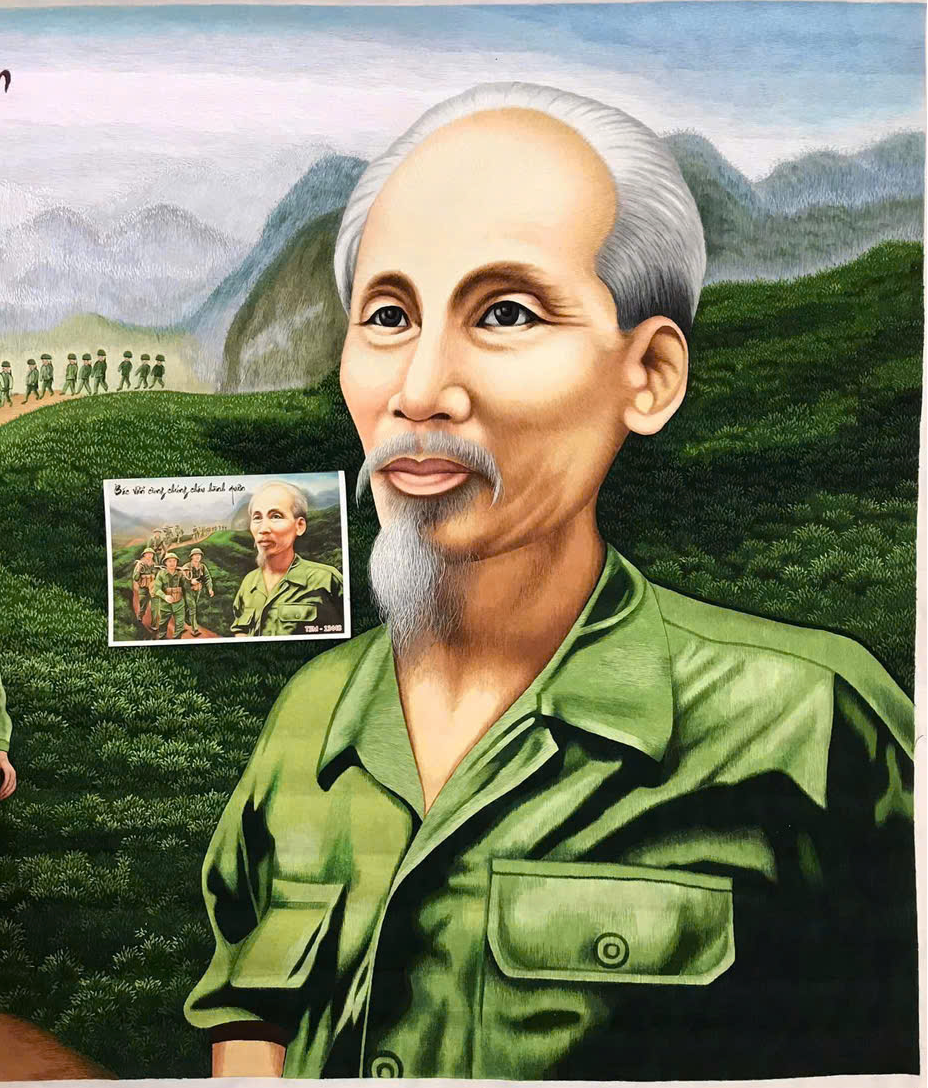
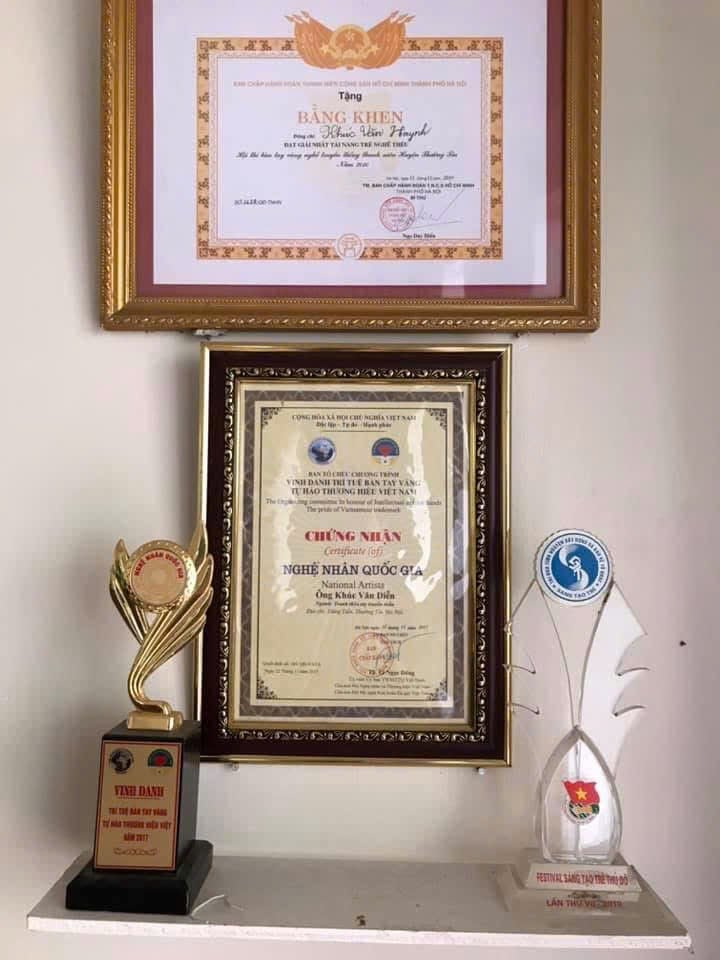
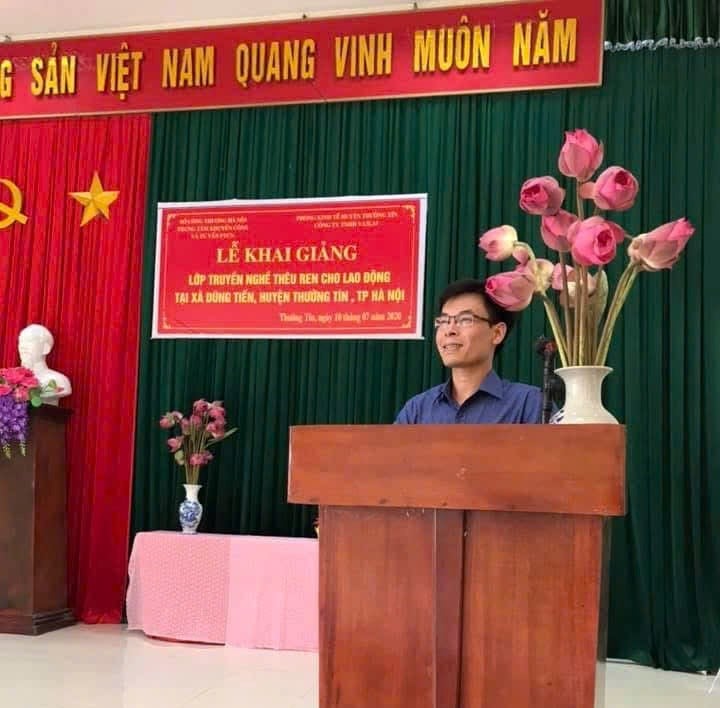

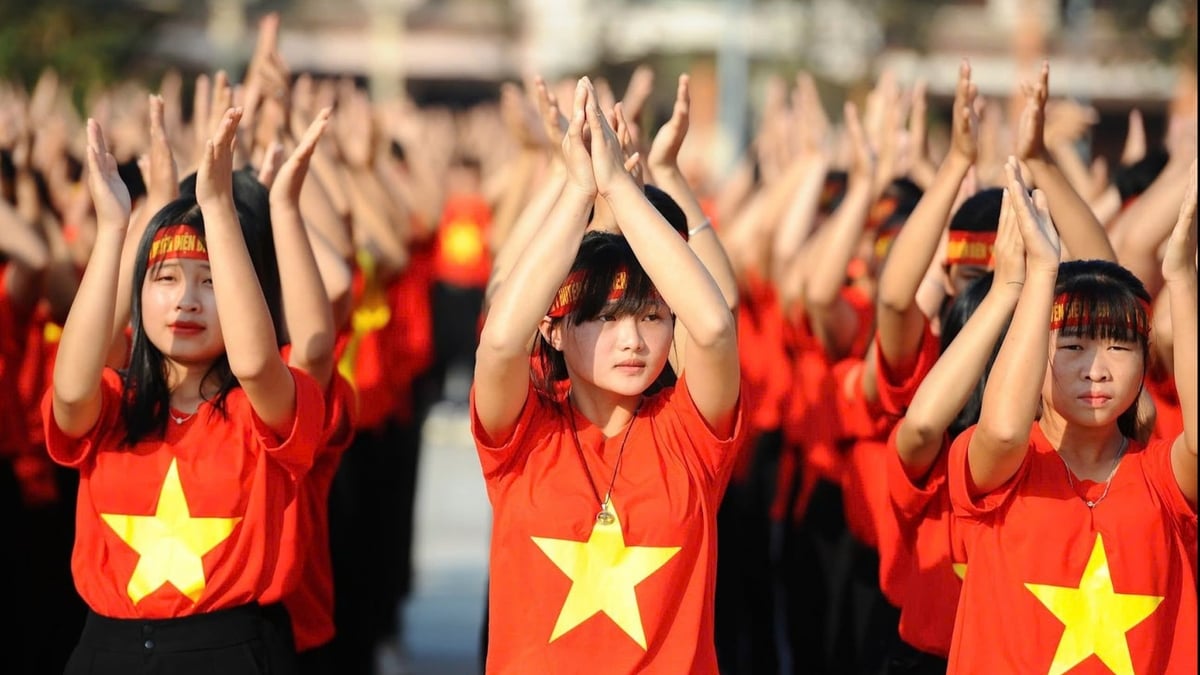

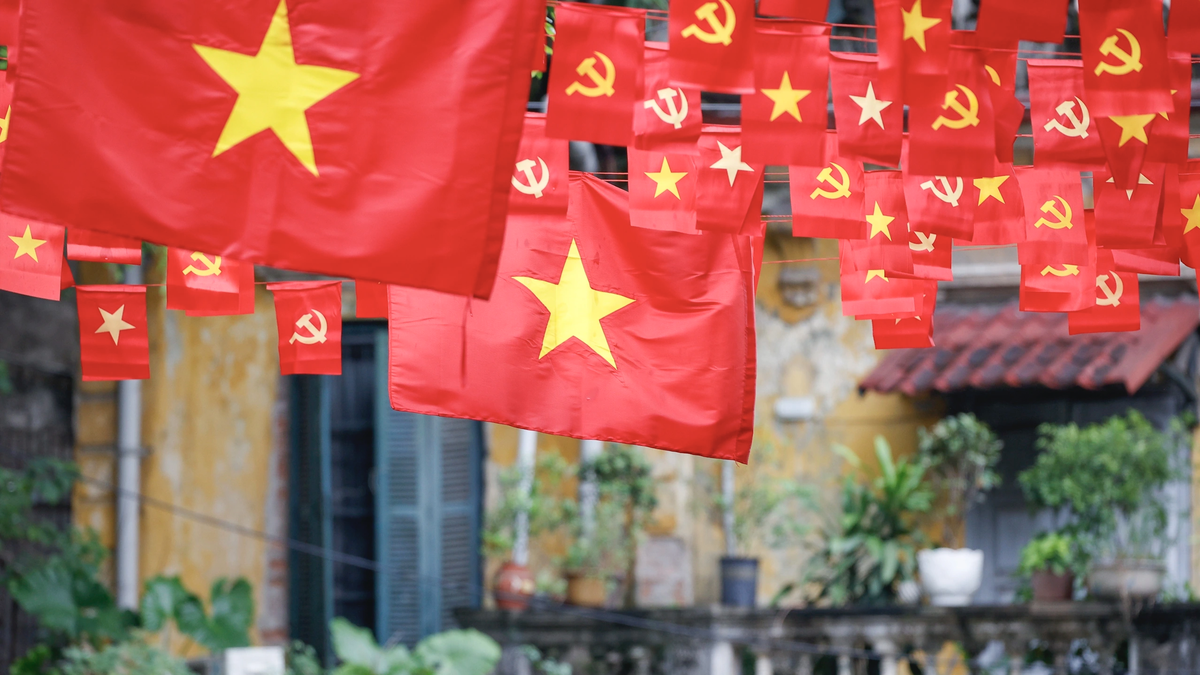
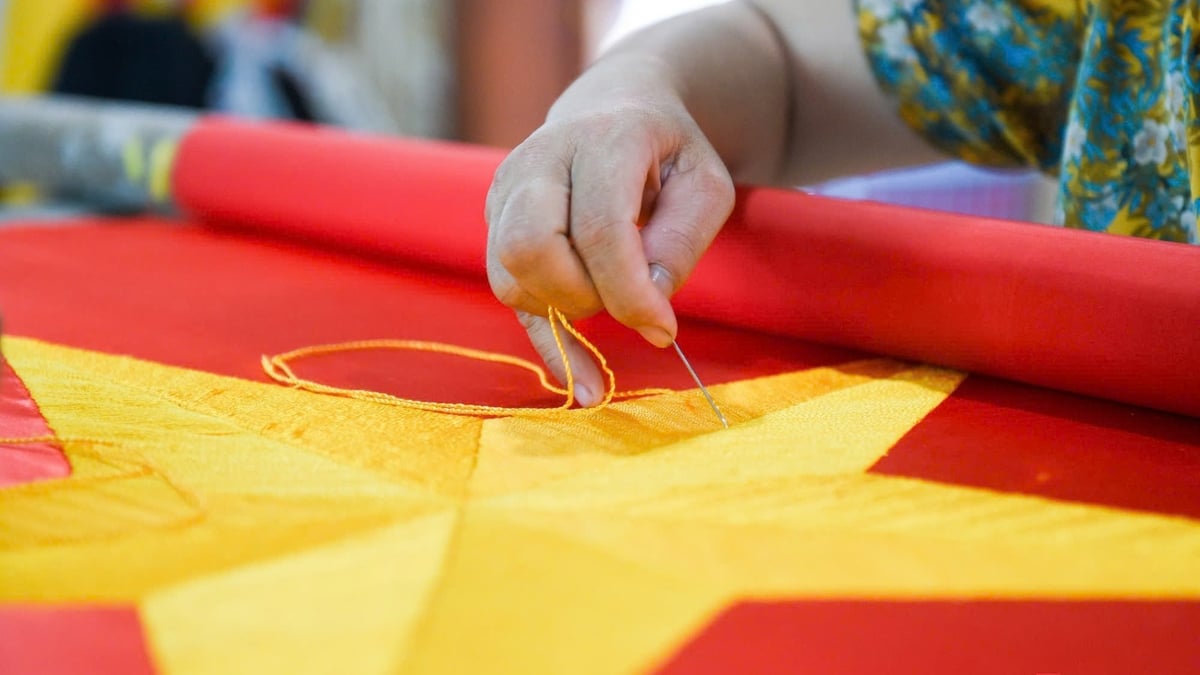
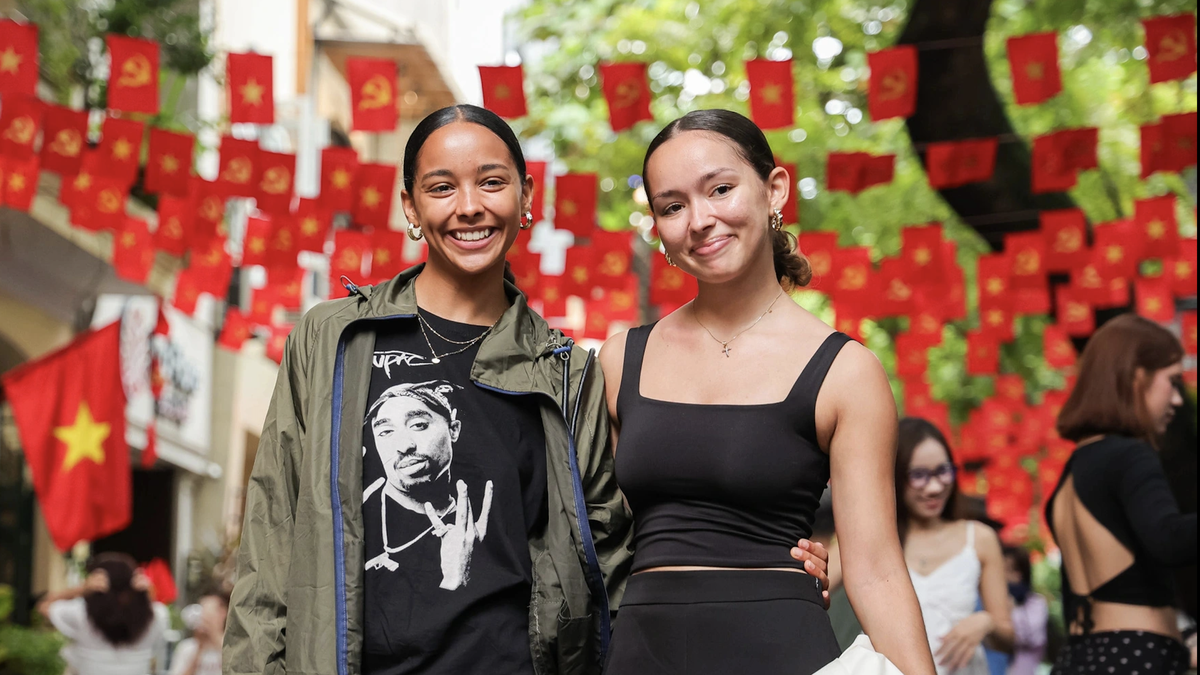
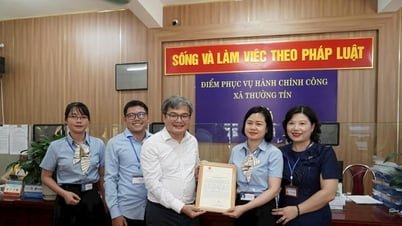







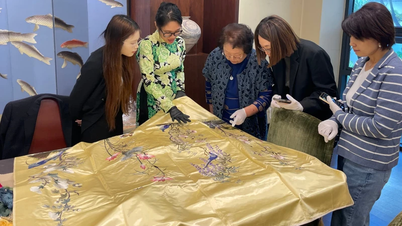

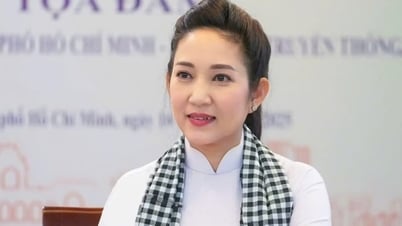

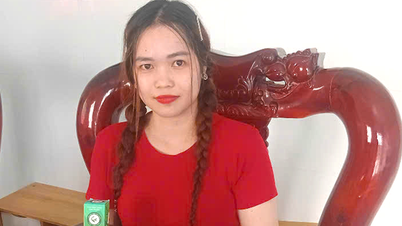

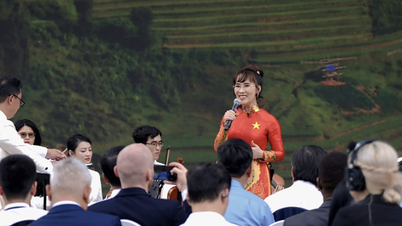



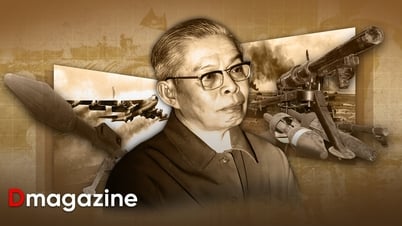

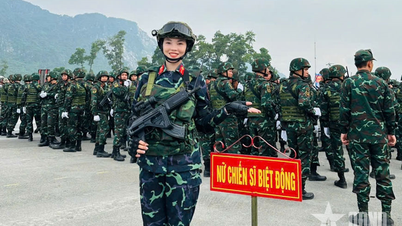





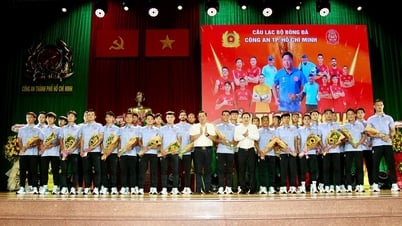

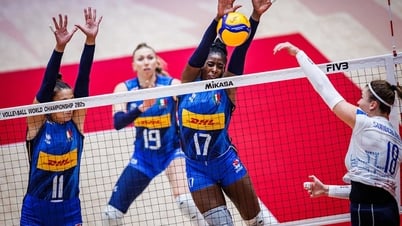
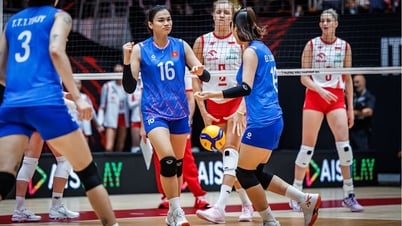
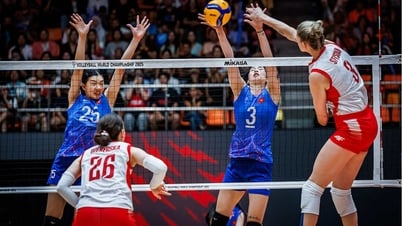


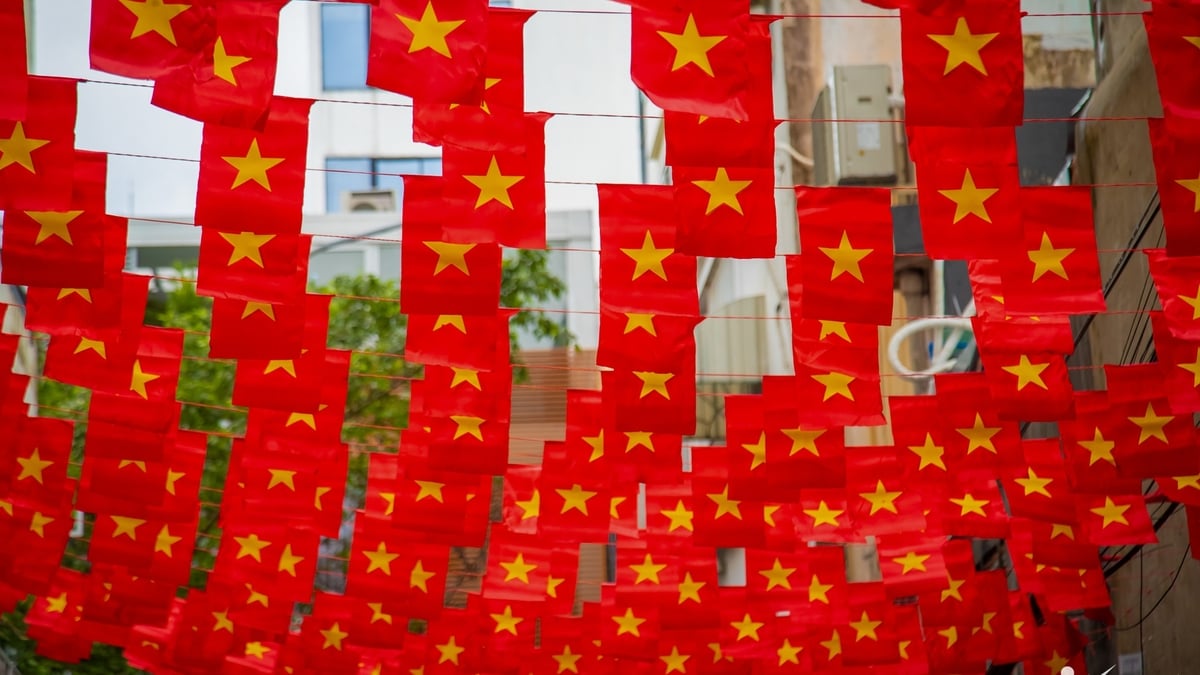
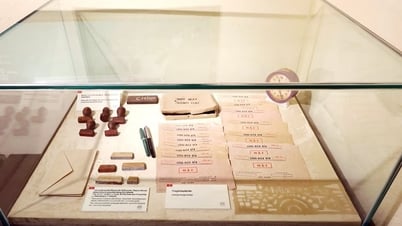

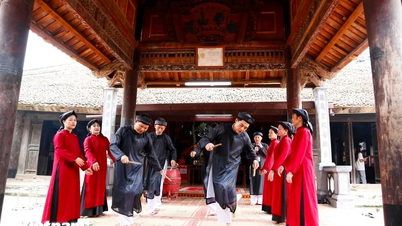

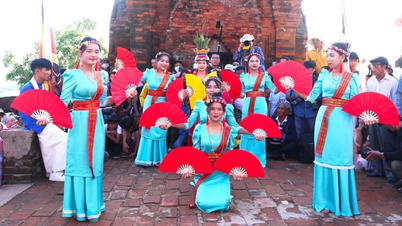

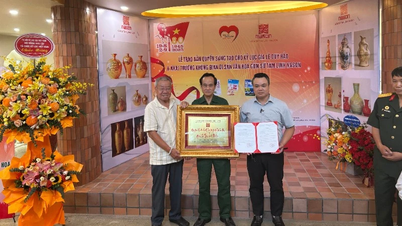
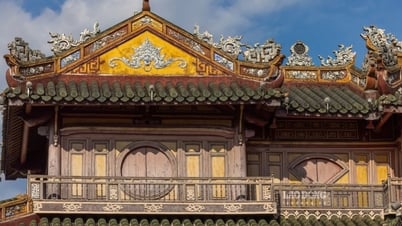




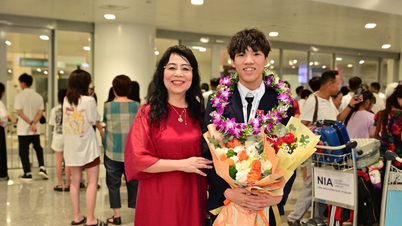











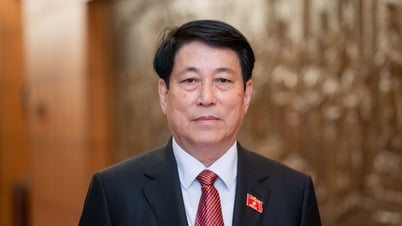









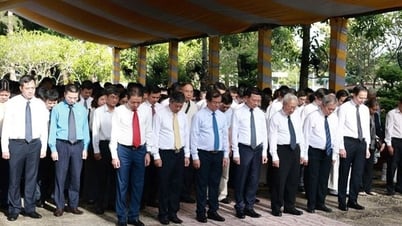


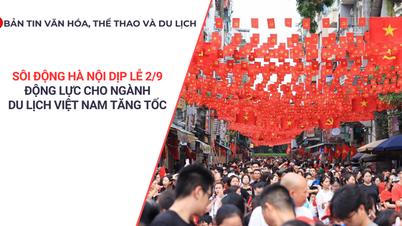
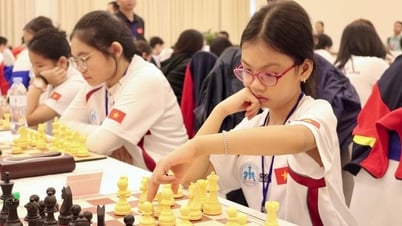





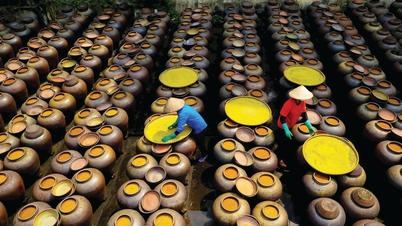



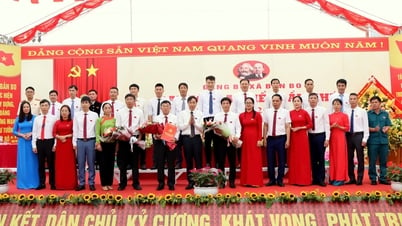
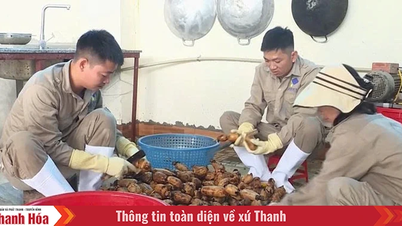

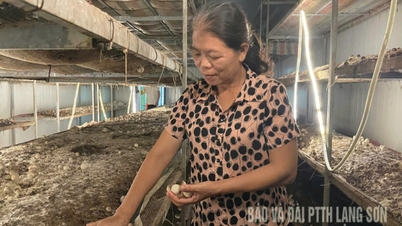





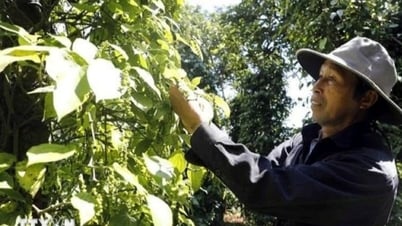







Comment (0)